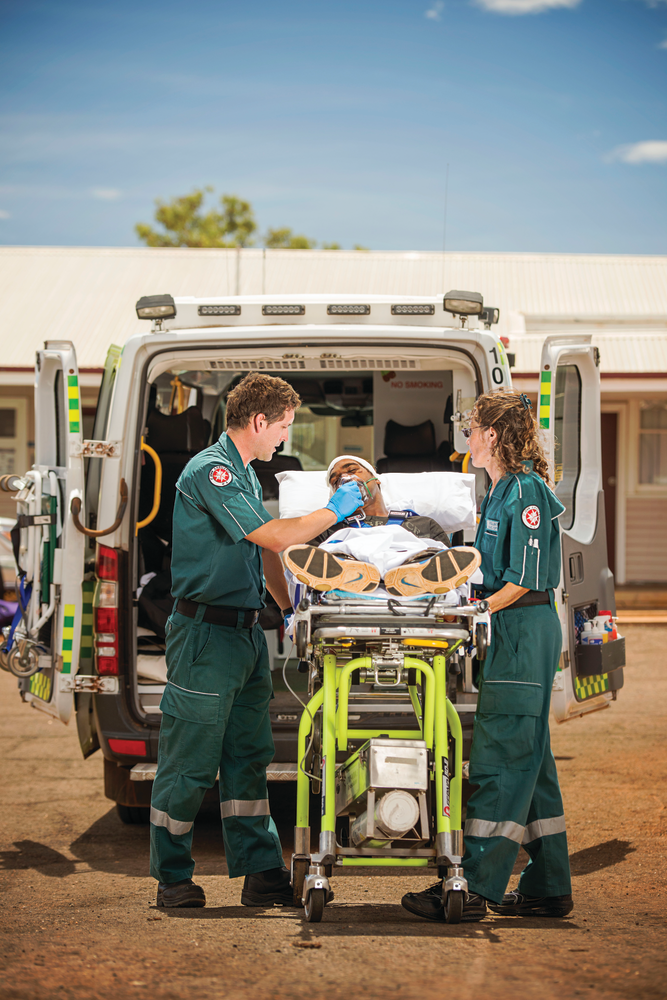By Hifsa Chaudhry, Reed Leventis, and Saoirse Bodnar
In order to understand the current patchwork nature of the US EMS system, it is necessary to examine the origins of EMS and how the field has developed and evolved over time in order to reach its current state. It is only by reconciling the truth behind the history of EMS that steps can be taken to address the structural violence, vertical approaches, magic bullet solutions, and inequalities which are a byproduct of the system’s origins and which hinder the ability of all individuals to receive equitable care. In addition, by delving into the structural and institutional roots of EMS, we are able to see which groups were historically overlooked or excluded from being a part of the then budding EMS system and how that manifests and is being addressed in today’s system. Through its oral history component, this project illuminates the EMS system through the experiences and viewpoints of those who have learned the intricacies of the field and seen it develop over numerous years of service, and in doing so, it provides the readers with hope that the necessary reforms can occur which will better the system for every citizen and every prospective provider.
Project Team:

From upper left to right: Saoirse Bodnar, Hifsa Chaudhry, and Reed Leventis
Acknowledgements
We would like to thank our amazing Professor Sebastián Ramírez for his help and guidance as we developed this project. We would also like to thank everyone who took time to speak with us – Mark Freda, Chief Frank Setnicky, Chief Lillian Bonsignore, Chief Steve Sims, and Dolly Fernandes. This project could not have come to fruition without your collective willingness to discuss your experiences and share with us your insights into the EMS system.
